3 min read
Visiting Mars on the Way to the Outer Solar System
Written by Roger Wiens, Principal Investigator, SuperCam instrument / Co-Investigator, SHERLOC instrument at Purdue University
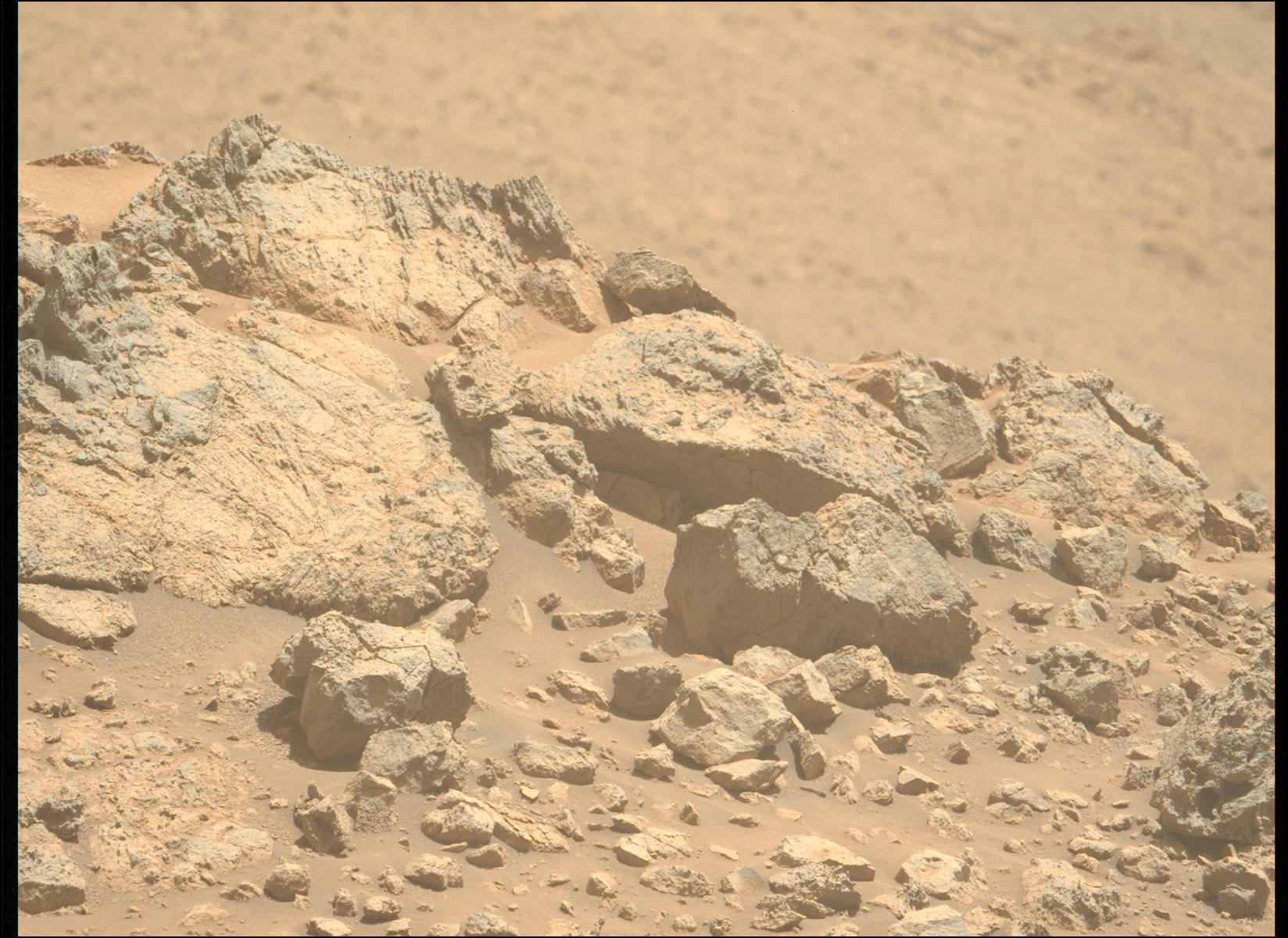
Recently Mars has had a few Earthly visitors. On March 1, NASA’s Europa Clipper flew within 550 miles (884 kilometers) of the Red Planet’s surface on its way out to Jupiter. On March 12, the European Space Agency’s Hera spacecraft flew within about 3,100 miles (5,000 kilometers) of Mars, and only 300 kilometers from its moon, Deimos. Hera is on its way to study the binary asteroid Didymos and its moon Dimorphos . Next year, in May 2026, NASA’s Psyche mission is scheduled to buzz the Red Planet on its way to the metal-rich asteroid 16 Psyche , coming within a few thousand kilometers.
Why all these visits to Mars? You might at first think that they’re using Mars as an object of opportunity for their cameras, and you would be partially right. But Mars has more to give these missions than that. The main reason for these flybys is the extra speed that Mars’ velocity around the Sun can give them . The idea that visiting a planet can speed up a spacecraft is not all that obvious, because the same gravity that attracts the spacecraft on its way towards the planet will exert a backwards force as the spacecraft leaves the planet.
The key is in the direction that it approaches and leaves the planet. If the spacecraft leaves Mars heading in the direction that Mars is traveling around the Sun, it will gain speed in that direction, slingshotting it farther into the outer solar system. A spacecraft can typically gain several percent of its speed by performing such a slingshot flyby. The closer it gets to the planet, the bigger the effect. However, no mission wants to be slowed by the upper atmosphere, so several hundred kilometers is the closest that a mission should go. And the proximity to the planet is also affected by the exact direction the spacecraft needs to go when it leaves Mars.
Clipper’s Mars flyby was a slight exception, slowing down the craft — by about 1.2 miles per second (2 kilometers per second) — to steer it toward Earth for a second gravity assist in December 2026. That will push the spacecraft the rest of the way to Jupiter, for its 2030 arrival.
While observing Mars is not the main reason for their visits, many of the visiting spacecraft take the opportunity to use their cameras either to perform calibrations or to study the Red Planet and its moons.
During Clipper’s flyby over sols 1431-1432, Mastcam-Z was directed to watch the skies for signs of the interplanetary visitor. Clipper’s relatively large solar panels could have reflected enough sunlight for it to be seen in the Mars night sky, much as we can see satellites overhead from Earth. Unfortunately, the spacecraft entered the shadow of Mars just before it came into potential view above the horizon from Perseverance’s vantage point, so the sighting did not happen. But it was worth a try.
Meanwhile, back on the ground, Perseverance is performing something of a cliff-hanger. “Sally’s Cove” is a relatively steep rock outcrop in the outer portion of Jezero crater’s rim just north of “Broom Hill.” Perseverance made an approach during March 19-23, and has been exploring some dark-colored rocks along this outcrop, leaving the spherules behind for the moment. Who knows what Perseverance will find next?
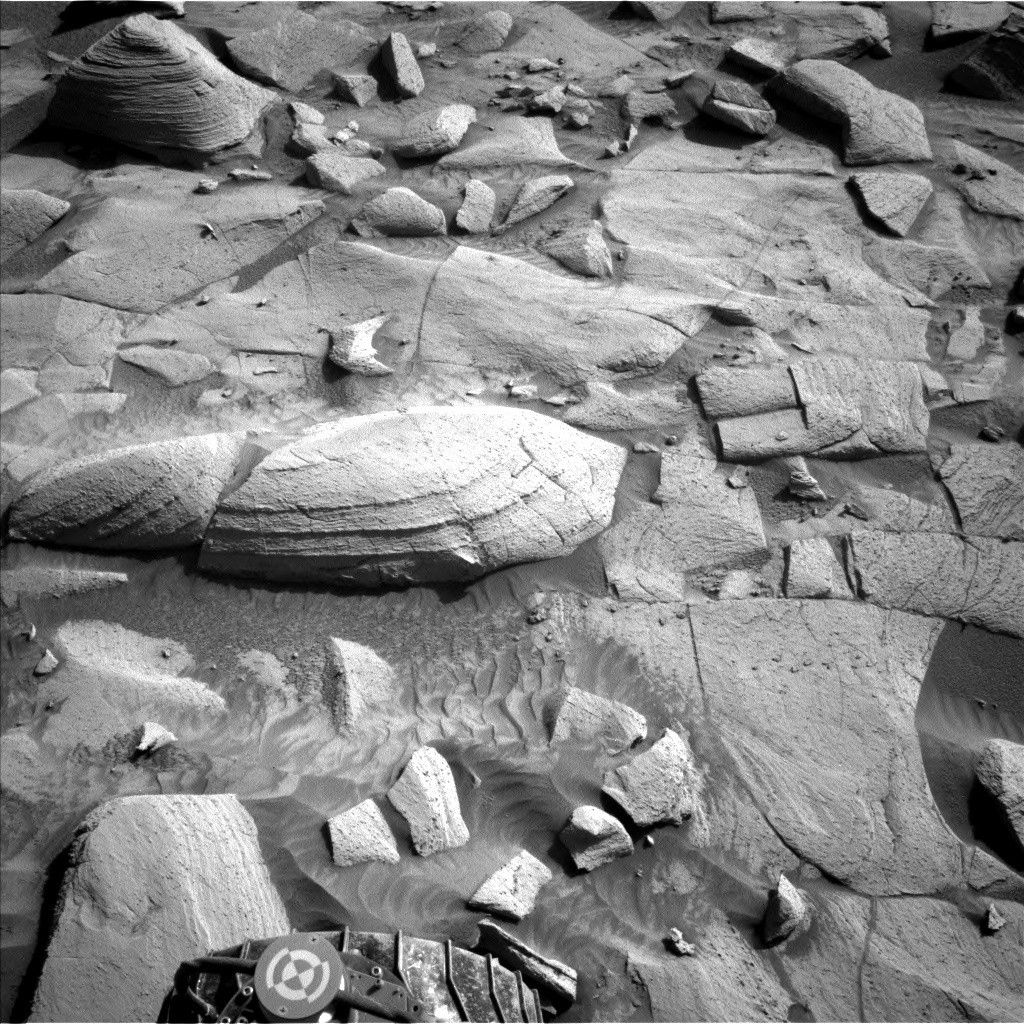
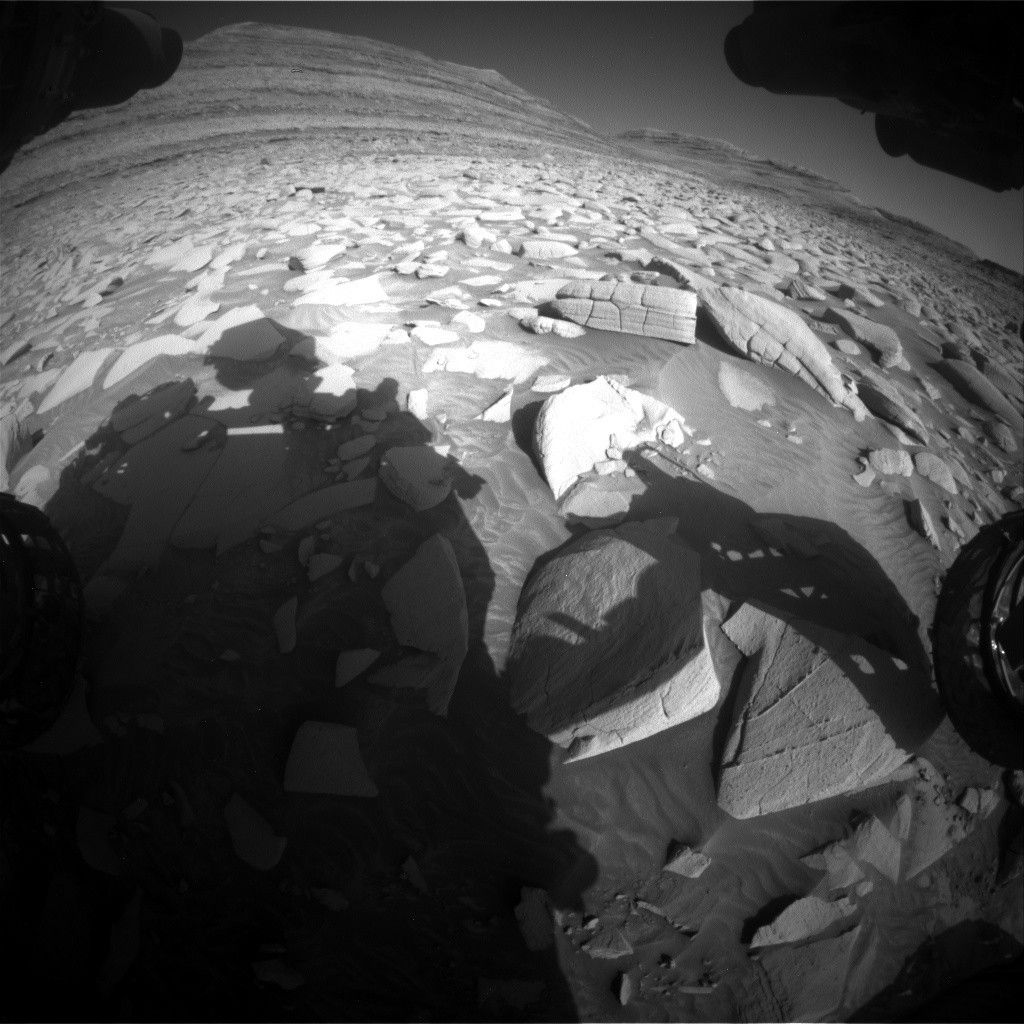
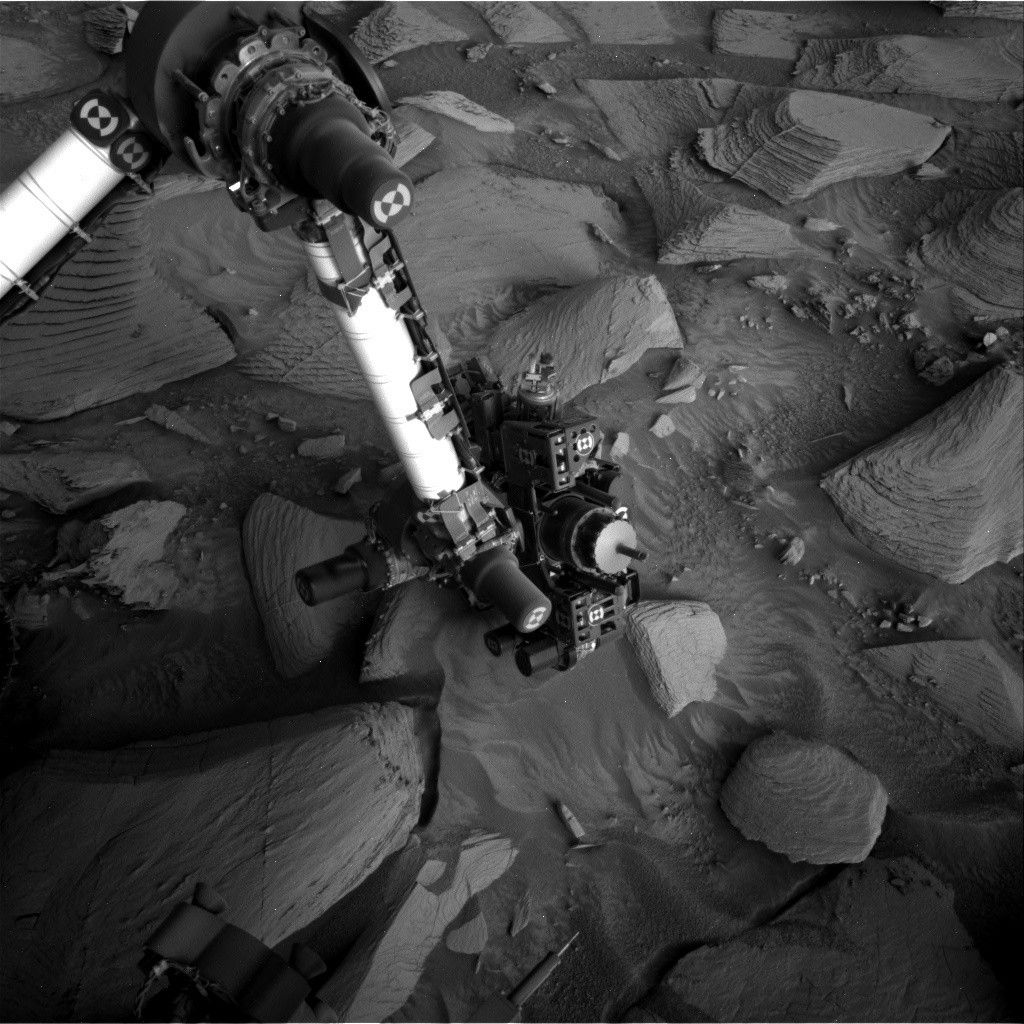

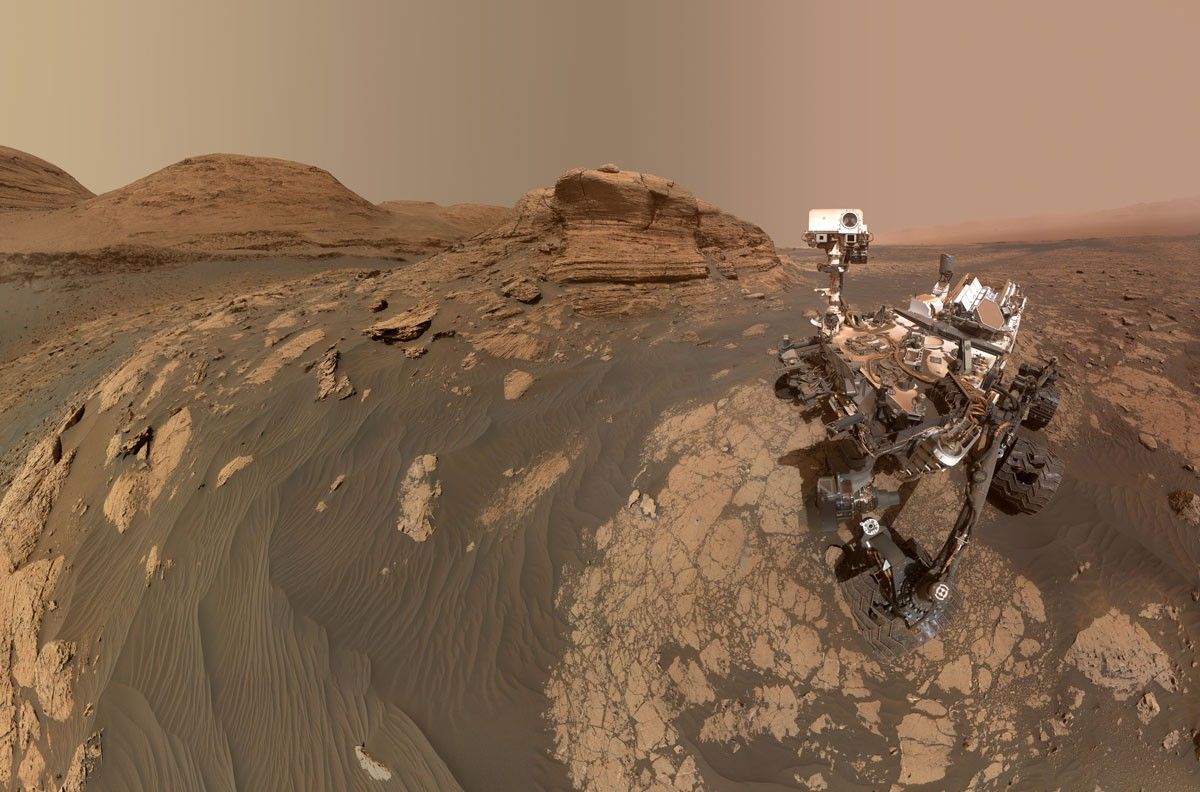

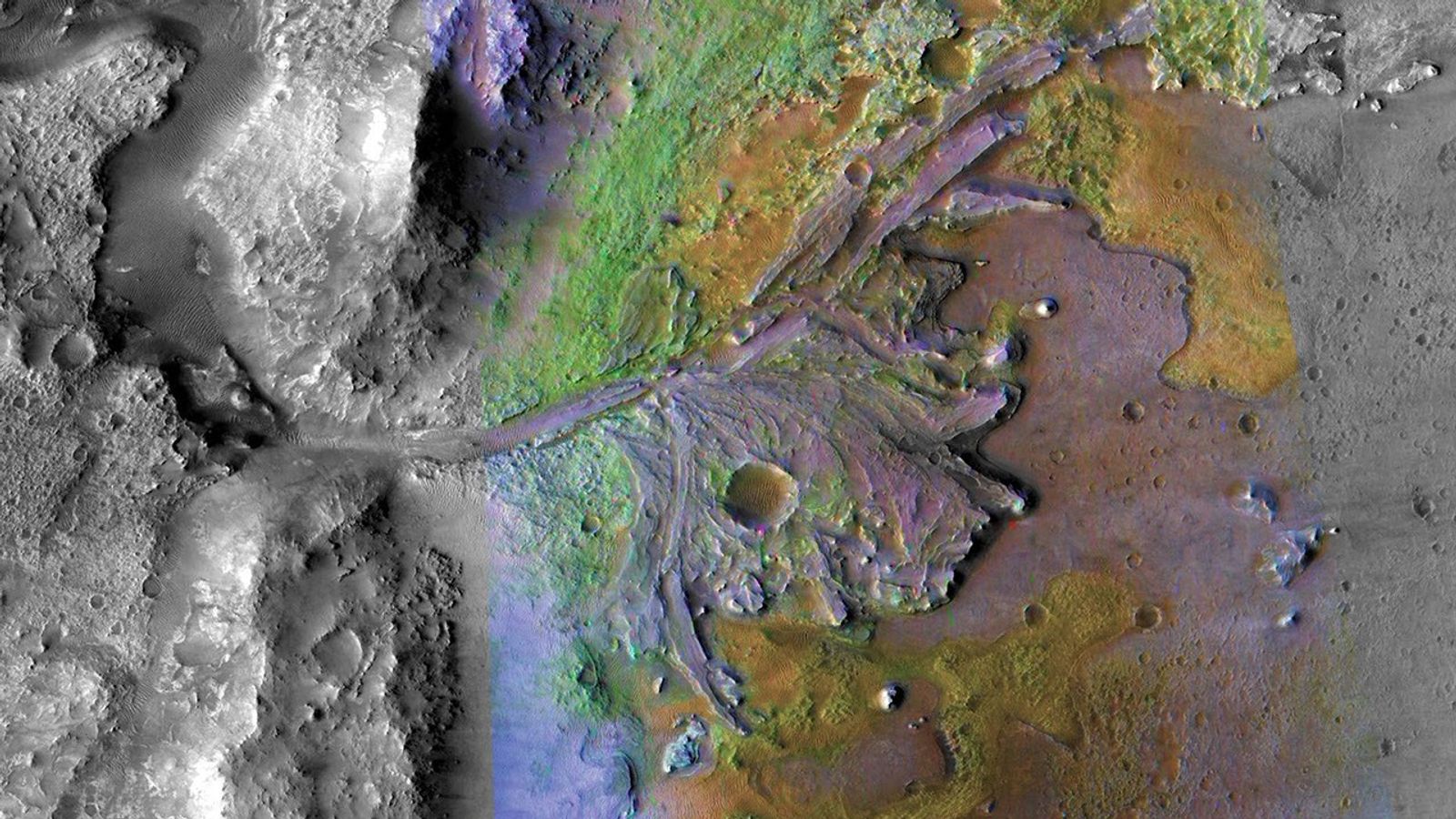
No comments yet.